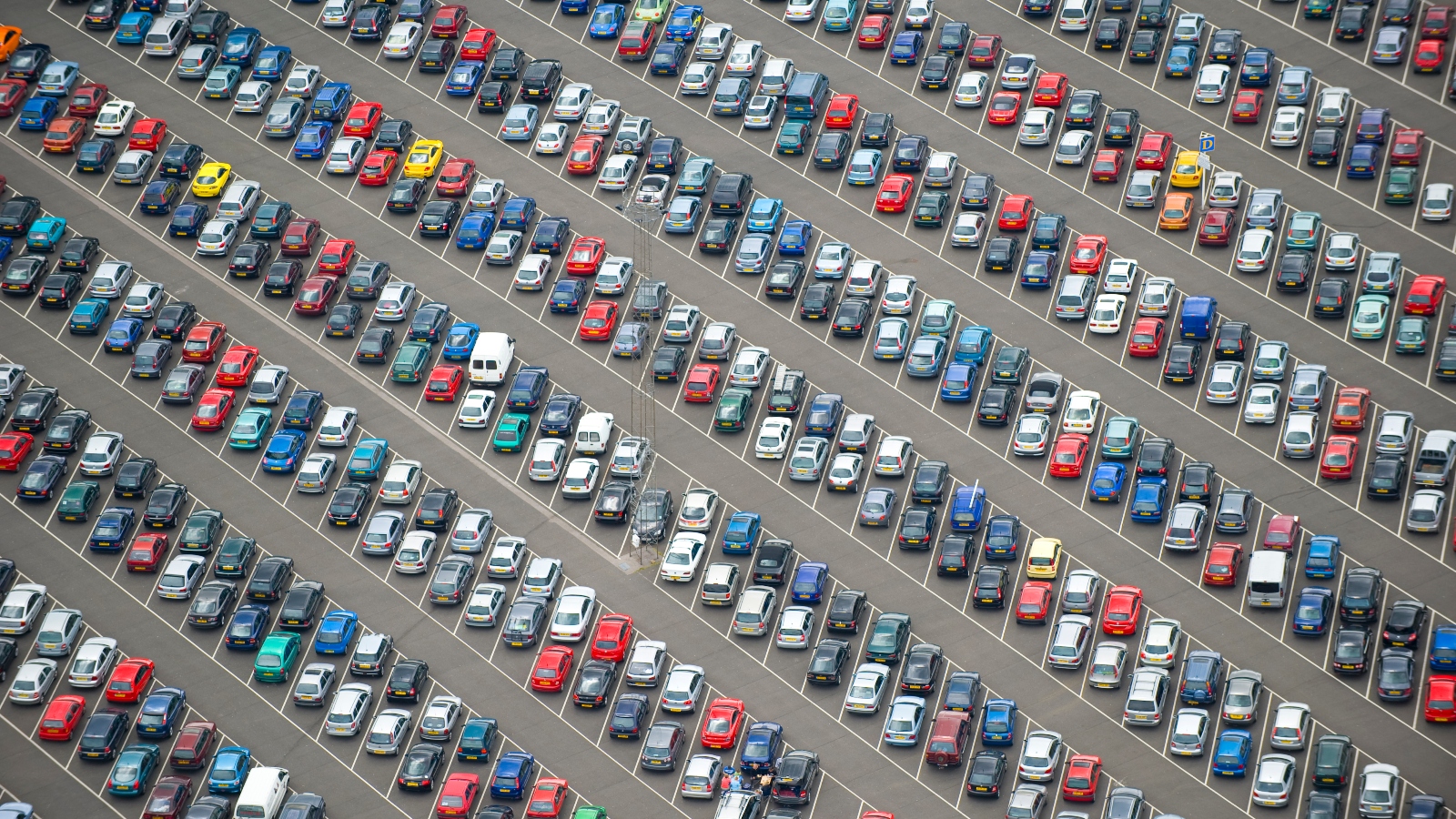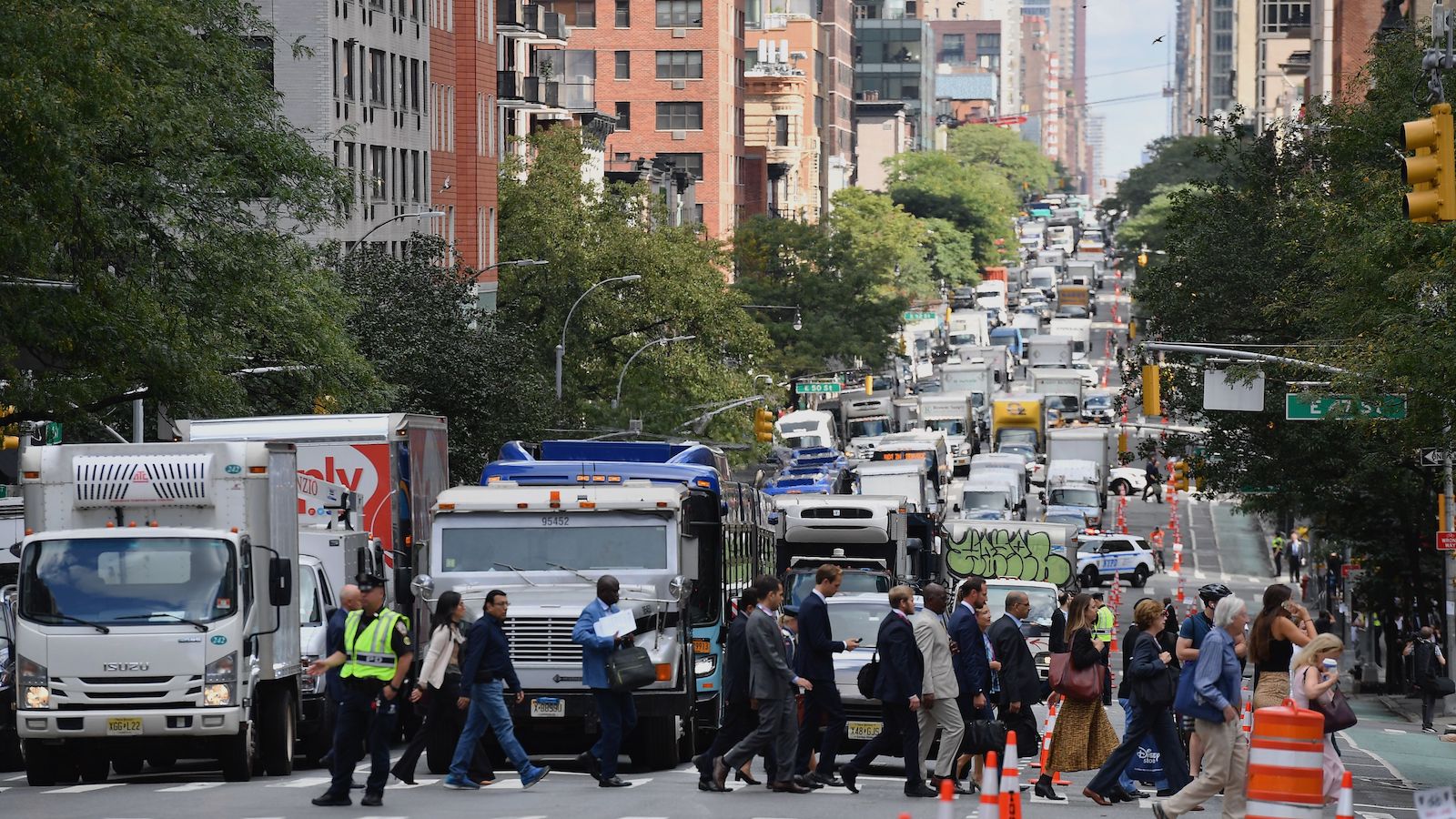This story is published as part of the Global Indigenous Affairs Desk, an Indigenous-led collaboration between Grist, High Country News, ICT, Mongabay, Native News Online, and APTN.
In 2019, Makanalani Gomes stood on the slopes of Mauna Kea, the tallest mountain in Hawaiʻi, face-to-face with Honolulu riot police. For decades, Native Hawaiians like Gomes watched — and protested — as their sacred mountain was bulldozed and excavated for the construction of telescopes and other astronomical facilities. After the observatories were built, they abandoned construction equipment and debris, littering Mauna Kea’s summit.
Gomes and other activists spent months sleeping on the mountainside, in the cold, successfully blocking construction crews from heading up the slope to build the proposed Thirty Meter Telescope, and to date, the project remains in limbo.
“We are in the fight of our lives and in the front lines every day,” Gomes said.
This week, Gomes will continue her work fighting for Indigenous self-determination and sovereignty when she speaks at the United Nations Permanent Forum on Indigenous Issues in New York — the largest gathering of Indigenous leaders, activists, and policymakers on the planet. Beginning on Monday, the 23rd annual event runs until April 26 and will focus on “emphasizing the voices of Indigenous youth” like Gomes, who is now one of three co-chairs of the Global Indigenous Youth Caucus.
“We are intrinsically of our lands and of our waters, of our mountains and of our oceans, and then laying down our bodies in turn to preserve what we have left,” she said. “So I think that’s what I’m looking forward to, is just being with people who understand the walk that we walk and the honor and privilege that we do it with.”
The forum was established more than two decades ago as a permanent advisory body for Indigenous Peoples at the U.N., and is a uniquely influential venue for attendees to ensure their perspectives are heard. Indigenous Peoples and nations can’t vote at the U.N. like member states, but the forum has the ability to make official recommendations as an adviser to the Economic and Social Council, one of the six main U.N. bodies that helps facilitate multinational agreements on sustainable development. The forum has 16 members that serve three-year terms, with eight nominated by state governments and eight by Indigenous organizations.
“The importance of the Permanent Forum is that it puts pressure on other parts of the United Nations to take appropriate action regarding Indigenous Peoples,” said Andrea Carmen, executive director of the International Indian Treaty Council.
The existence of the forum is itself a product of Indigenous advocacy. Mililani Trask, a longtime Native Hawaiian activist and one of the first members of the Permanent Forum, said advocates used to have to sit and listen while U.N. members discussed issues relevant to them. She said that Indigenous advocates wanted a permanent space where they could speak on the floor.
“Once we were established as a body, it shifted the balance of power,” Trask said. It meant “we have a basis in working with governments in partnerships instead of going to the gun.”
Trask also said that the forum elevated Indigenous expertise.
“When the forum came into existence, it was the first time that non-white Indigenous international legal experts came to the forefront,” Trask said. Member states “didn’t think that we had any.”
She said the advisory body had a huge influence on the eventual adoption of the U.N. Declaration on the Rights of Indigenous Peoples five years later in 2007. The U.N. document outlines the rights of Indigenous Peoples and has been a key tool for Indigenous advocates who seek to hold states and corporations accountable for human rights violations. It’s not legally binding, but it provides an international standard that Indigenous people can point to when their rights are violated.
Just two years ago, the venue enabled the Yaqui Nation in Mexico to regain their sacred Maaso Kova from a museum in Stockholm, Sweden. The deer head is used in ceremonial dances and was taken as part of the colonial enslavement and suppression of the Yaqui people. The return of the Maaso Kova in 2022 was what The New York Times reported as the “first successful repatriation of cultural artifacts to an Indigenous group overseen by the United Nations under its Declaration of Indigenous Rights.”
Andrea Carmen, who is also Yaqui, said it wouldn’t have happened without the U.N. Permanent Forum on Indigenous Issues.
The forum doesn’t accept human rights complaints, or initiate investigations, like the special rapporteur on the rights of Indigenous Peoples. But veteran attendees like Carmen say it is an opportunity to meet high-level officials from the U.N. and state governments, bring awareness to important issues, and create community with other Indigenous Peoples from around the world. The latter is what Gomes is most looking forward to as she prepares her remarks to open Tuesday’s discussion on self-determination and Native youth.
“So many of us, although we’re young people, we’ve already experienced being land defenders and water defenders and literally using our physical bodies to defend Earth Mother,” she said.
This year’s focus will be on how to strengthen those self-determination rights with an eye toward Indigenous youth like Gomes. Gomes is hopeful that the theme will result in more youth attending for the first time. Bryan Bixcul, who is Maya Tz’utujil from Guatemala and works as an advocacy coordinator at the nonprofit Cultural Survival, is one of them.
“A lot of things are being discussed at the international level, but the implementation happens at the national level,” said Bixcul.
Among other events, he’s looking forward to a conversation on the first day of the forum about ongoing efforts to replace fossil fuel energy production with cleaner alternatives like solar and wind that release fewer carbon emissions. Indigenous Peoples’ territories are critical to the success of the energy transition as land they manage holds an estimated 80 percent of the world’s biodiversity, but new mining projects and conservation areas have frequently overlooked their rights. Last year, the Permanent Forum commissioned a group of experts to meet and discuss the green energy transition and its effect on Indigenous Peoples. The resulting report is on the agenda for this year’s forum and spells out a long list of ways that governments and corporations can and should respect Indigenous rights, such as passing laws to require clean energy projects to respect the right for Indigenous people to consent to projects on their land.
Bixcul is also helping to organize a workshop for youth on April 18 to help build solidarity and learn effective advocacy strategies to bring back home. Side events like this are a critical part of the gathering this week and next because they facilitate discussions and connections between activists who have to abide by official time limits for speeches during the main agenda.
“We think it’s very important for communities to outline their priorities — their self-determined priorities — so that as they are facing threats, now or in the future, they are prepared to be engaged in these conversations with corporations,” he said.
One tangible output of the forum will be a report that summarizes recommendations collected during the forum, which advocates can reference as they continue their work in their home countries and in other United Nations bodies. For example, in last year’s report, the Permanent Forum condemned the use of the term “Indigenous Peoples and local communities,” arguing that Indigenous Peoples should be separated from local communities instead of being lumped together, which could diminish the former’s rights. The IPLC acronym continues to be used, but Indigenous advocates have repeatedly pointed to the forum’s statement to bolster their argument for its disuse. They’re concerned that the language could have major implications for who gets access to global funding to mitigate climate change and whether Indigenous people get a say in land decisions, including the expansion of conservation areas.
Last year’s forum also called for the Intergovernmental Panel on Climate Change, or IPCC, to conduct a special report led by Indigenous experts to analyze climate change’s effects and opportunities for Indigenous peoples. The recommendation wasn’t immediately taken up by IPCC, but Carmen from the International Indigenous Treaty Council said that’s typical.
“These things take some time,” she said.
Many of the topics at this year’s Permanent Forum aren’t new: Last year, there was a particular focus on climate, and planned sessions on land defenders and militarization have been discussed before. But one agenda item that wasn’t there last year is a meeting with the president of the General Assembly to discuss the outcome document from the 2014 World Conference on Indigenous Peoples, a report from the General Assembly meeting a decade ago that lists a series of commitments by U.N. member states to Indigenous rights, such as implementing policies that promote the Declaration on the Rights of Indigenous Peoples.
Carmen said such a high-level meeting hasn’t happened for a few years and plans to use the opportunity to ask about the creation of a new U.N. body dedicated to the repatriation of Indigenous items.
The Permanent Forum can be challenging to navigate for Indigenous youth, especially those who are from more rural areas, need visas, or face language barriers. But Gomes said she has been inspired by how many Indigenous people attend despite such hurdles.
“We find a way to navigate in these systems that weren’t designed by us, or for us,” she said.
This story was originally published by Grist with the headline Your guide to the 2024 UN Permanent Forum on Indigenous Issues on Apr 15, 2024.


